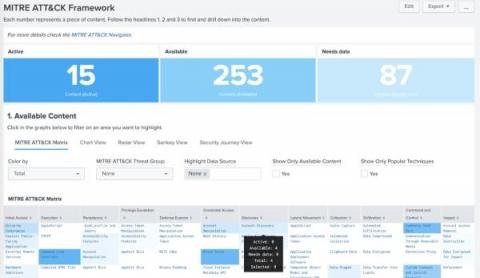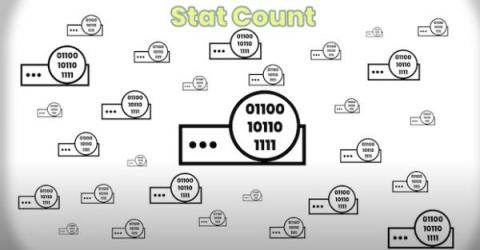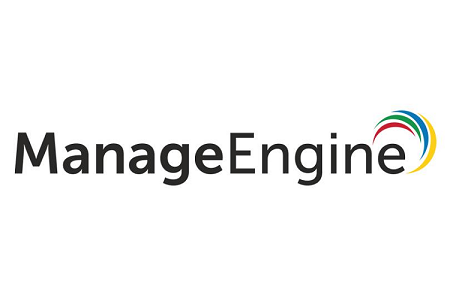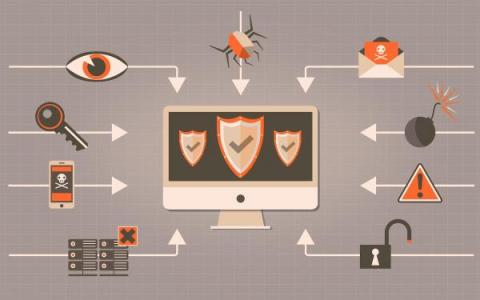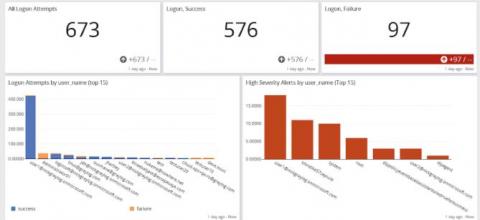Security | Threat Detection | Cyberattacks | DevSecOps | Compliance
Logging
Splunk Security Essentials 3.6.0: A Holistic View of Your Security
We hope that you had a blast at.conf22 whether you attended in-person or virtually! To keep the good vibes of.conf rolling, we are releasing Splunk Security Essentials 3.6.0. For those new here, Splunk Security Essentials (SSE) is a fully supported app that is available to install from Splunkbase. There is so much to be excited about in this update and we can’t wait for you to make the most of all the new benefits.
Enhance Your Devo Data Search Capabilities with Stat Counts
With today’s expanding attack surfaces and the growing sophistication of adversaries, exploding volumes of data are negatively affecting SOC teams’ success. According to the 2021 Devo SOC Performance Report, 67% of respondents said their lack of visibility into the attack surface makes working in the SOC painful.
We did it again! ManageEngine AD360 and Log360 are among the 100 named in the 2022 Fortress Cyber Security Awards
We are excited to announce that ManageEngine has been recognized in three different categories by the Business Intelligence Group in its 2022 Fortress Cyber Security Awards. It is a moment of pride for us to see two of our solutions, AD360 and Log360, win more awards. AD360 was declared a winner in the Authentication and Identity category, and Log360 won awards in both the Threat Detection and the Incident Response categories.
CVE Severity: Approaches for When & How To Manage Builds
In a-near perfect world, you would instantly fix your application every time a relevant CVE was issued. (In a truly perfect world, of course, there would be no security incidents, and hence no CVEs in the first place.) But in the real world, reacting to CVEs requires a careful calculation. You need to assess whether each CVE is serious enough to warrant the rejection of a build and a delay of a release.
3 Important German BSI Documents Every SIEM & SOC Manager Needs To Know About
The German IT Security Act 2.0 (IT-SiG 2.0) has been in force since May 2021. Due to this new law, significantly more German companies have been classified as operators of critical infrastructures (KRITIS) than ever. This is a major cause of headaches for many managers. In addition, IT departments are starting to ask themselves: "Are we now regarded as KRITIS"? And if so, "What do we have to take into consideration?"
Splunk Assist: Cloud-Powered Insights Just for You, at Your Fingertips
Have you been worried about whether your deployment is secure? Are you tired of keeping track of all security vulnerabilities and vendor-provided patches to ensure that your exposure to such vulnerabilities is minimized? What about making sure that the certificates for your hundreds of forwarders, indexers, search heads and other Splunk connectors are not expired? You’re not alone!
RHONDOS and Devo Partner to Secure Organizations' Business-Critical SAP Data
RHONDOS is proud to have established a strategic partnership with Devo, the only cloud-native logging and security analytics platform. RHONDOS is bringing PowerConnect for SAP to Devo, and together we will provide mutual customers with an all-in-one solution so they can confidently address the question of what to do with SAP data.
Exploring Security and Observability on Splunk Lantern
Your organization purchased Splunk Cloud Platform some time ago. Your environment is ingesting dozens of data sources and your team has expert level SPL skills. You've created easily consumable dashboards and reports for many different types of stakeholders and you've mastered alert fatigue. Your organization's return on investment both in Splunk and Splunk education is paying large dividends in terms of time saved managing threats and improved operational efficiency.



